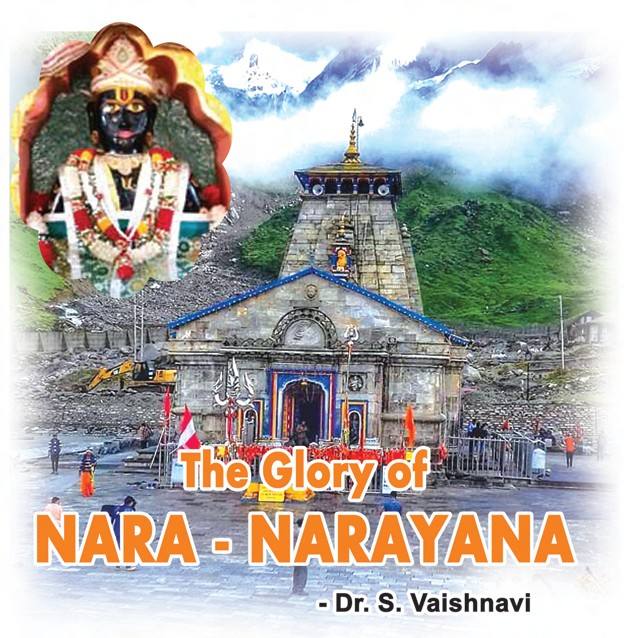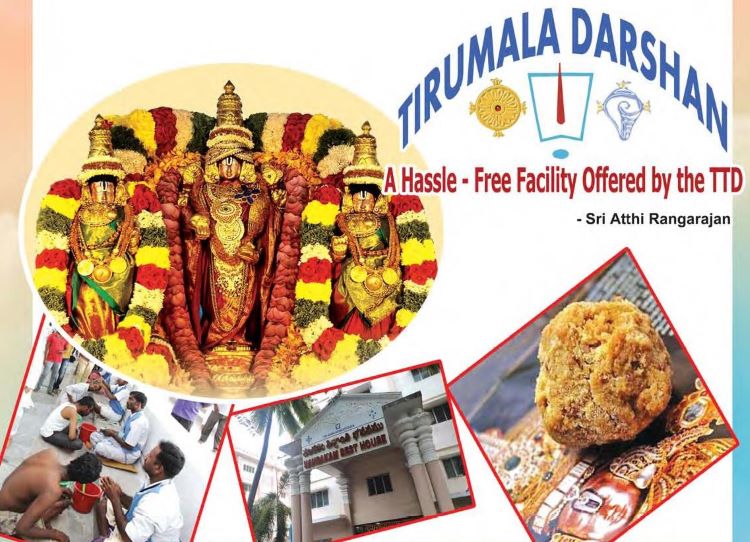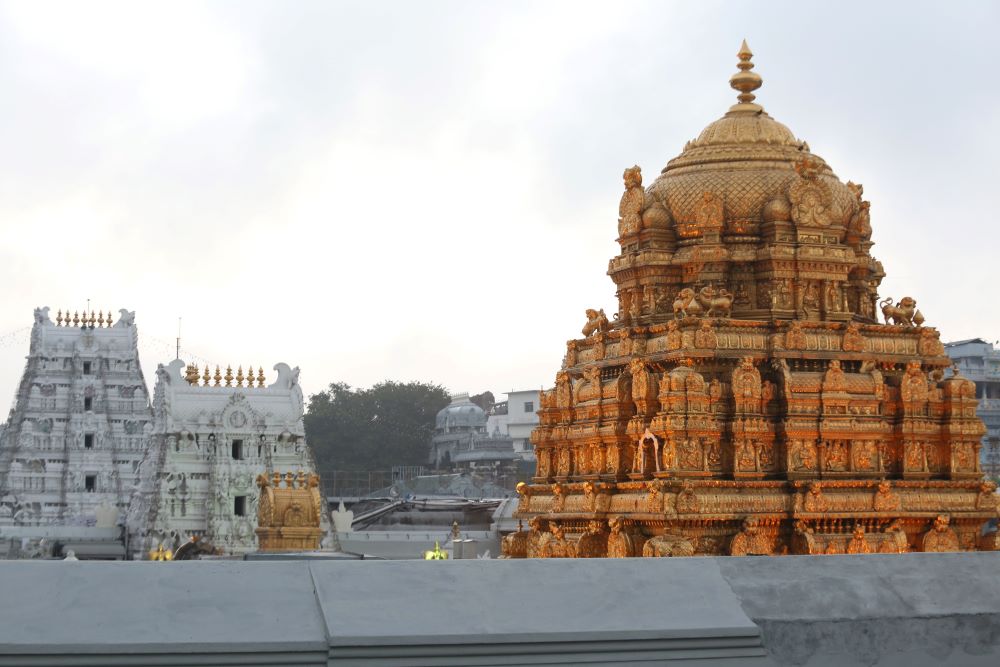Glory of Nara and Narayana The very first verses in ‘Jaya’ are usually recited after having bowed in obeisance before Narayana (Lord) and Nara, (the supreme human being), Goddess Saraswati and sage Vyasa as mentioned below. Narayanam namaskruthya naram chowa narothamama Deveem saraswatheem vyaasam thatho jayamudheerayet || The above verses convey that ‘I bow down Read More
Category: Special Articles
Tungabhadra Pushkaram 2020
Tungabhadra Pushkaram Pushkaram is a celebration and a thanksgiving for our river wealth. Taking a dip in the river during pushkaram is believed to cleanse us. This year, it is the turn of River Tungabhadra as Jupiter (Brihaspati) enters Makara Rasi. It is believed that one should perform a bath, dana, Japa, and Archana during Read More
Significance of Vermilion
Significance of Vermilion Hindu culture and traditions are deeply rooted in values and beliefs for the enrichment of human life and the spiritual bent of mind. All customs and traditions prescribed by scriptures, spiritual masters and ancient seers from Bharath have a very important role in uplifting values in life. They give a direction for Read More
Significance of Sri Vishnu Sahasranamam
Sri Vishnu Sahasranamam Vishnu Sahasranama means 1000 names of Lord Sri Maha Vishnu. The 1000 names are divided into 108 slokas. Vishnu Sahasranamam was the answer from Bhishmacharya to the questions posed by Yudhishtira present in Anushasana parva of the Mahabharata. Those who chant or even listen to these names daily will get health, wealth, Read More
The 4 Aims of Life – Purusharthas
Purusharthas Every intelligent man seeks to know 2 things (a) the world around him (b) more about himself. The point is that you cannot understand the world without knowing something about yourself. At the same time you cannot know and understand about yourself excluding the world – you are part of this world. Man has Read More
Vivaha Samskara
Vivaha Samskara The rites that pertain to the various stages of life of a man are called Samskaras. Vivaha Samskara (Marriage Ceremony) – A man and woman enter the Grihastha Ashrama through marriage. Together they face several challenges and perform many duties. They raise their children, educate them and train them to be model citizens. Read More
What is Sanatana Dharma? A Comprehensive Guide
In this article, we will learn everything about Dharma and Sanatana Dharma Definition of Dharma That which brings well-being to man is Dharma. The word Dharma is derived from the root Dhar, meaning to hold. That which holds the whole creation from macrocosm to microcosm is Dharma. It is the eternal Divine law of the Read More
7 Saptharshi Stotras on Sapthagirisa
Saptharshi Stotras Seven Saptharshis The Seven Saptharshis, Kashyapa, Atri, Bharadwaja, Vishwamitra, Gowthama, Jamadagni and Vasishta, performed penance for thousands of years. Consequently, they obtained so immense powers that they shine as brilliant stars in the galaxies to this day. One could watch this stary constellation in the night in the north sky. The seven Maharshis Read More
9 Hassle-Free Facilities offered by TTD
Hassle-Free Facilities for Darshan As the saying ‘Manava Sevaye Madhava Seva’ goes, the Tirumala Tirupati Devasthanams (TTD) is committed to providing basic services to the common pilgrim visiting the abode of Sri Venkateswara, including free darshan, food, drinking water, travel and tonsuring. There are numerous facilities offered by TTD for the benefit of pilgrims visiting Read More
Lord Venkateswara Swamy
Manifestation of Lord Venkateswara Swamy Shines with Lord Sri Mahavishnu left Vaikuntam and reached Venkatadri as Lord Venkateswara Swamy to protect and bless the devotees. Venkatadri is also known as Venkatachalam. It is one of the seven hills of Tirumala, considered a heavenly abode on the earth. The sanctum sanctorum where Sri Venkateswara Swamy resides Read More






